
3D concrete printing has outpaced the construction of thin-walled buildings that don’t require thermal insulation. This significant milestone took place in Yaroslavl, Russia, marking the first building in Europe.
This successful project stands out and takes a step forward in the world of construction. This article explains 3D printing technology in detail.
What is a 3D-printed house?

A 3D printed house is a building that is built using a unique construction method popularly known as 3D printing, also called additive manufacturing. Instead of traditional construction technology like bricklaying, 3D printing technology involves the layer-by-layer deposition of construction materials, typically concrete, to create the structure of a home.
What is the process of 3D-printed construction?
The process of 3D construction involves using 3D printing or additive manufacturing techniques to create physical objects or structures layer by layer. Here’s a simplified overview of the general steps involved in 3D construction:
1. Design:
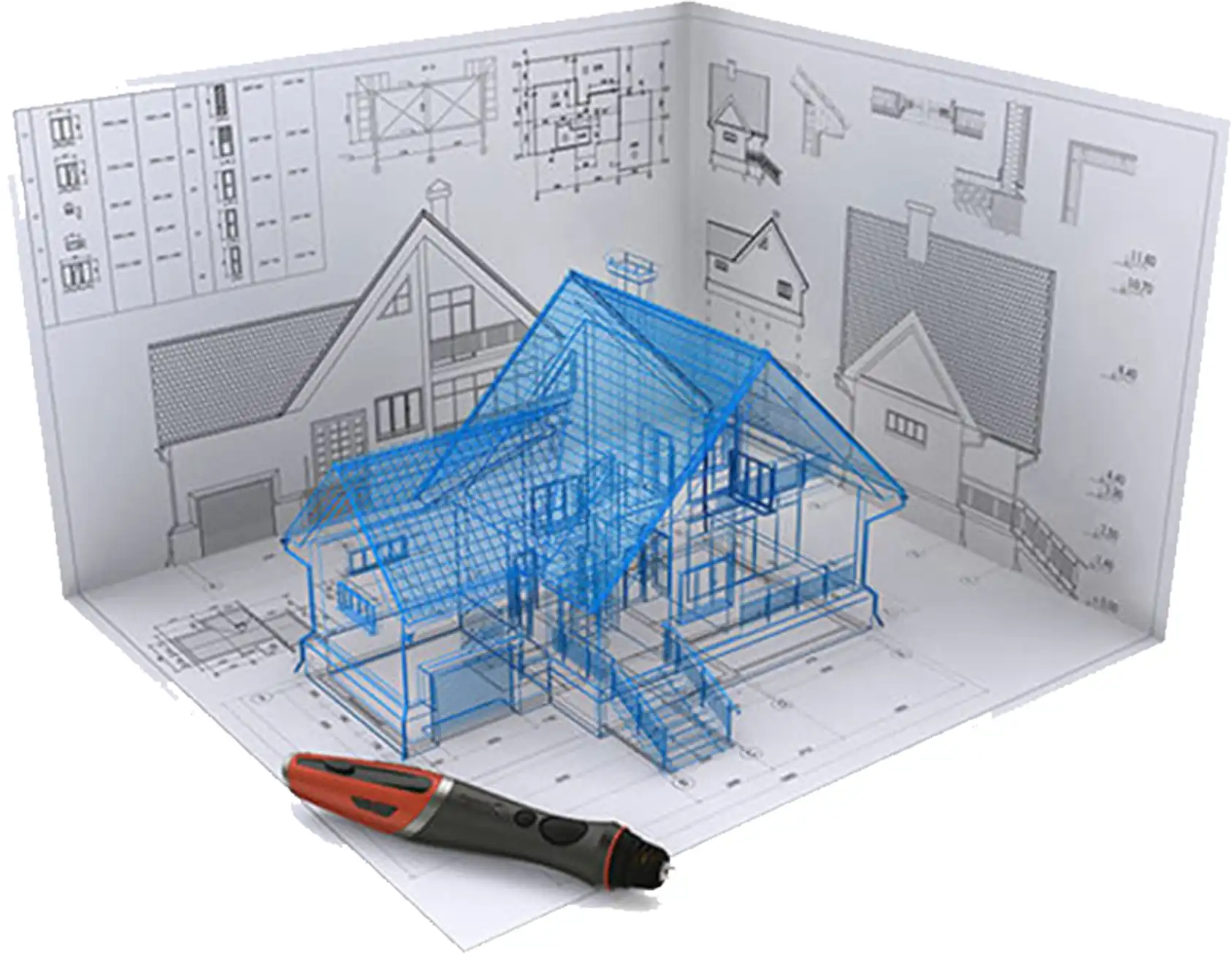
-
Start by creating a digital 3D model of the object or structure you want to construct. This can be done using various 3D modeling software programs.
-
The digital model defines the final product's shape, dimensions, and specifications.
2. Slicing:

-
Once the 3D model is complete, it must be sliced into thin horizontal layers, like a virtual loaf of bread. This process is done using slicing software.
-
The slicing software generates a set of instructions (G-code) that guide the 3D printer on how to build each layer.
3. Material Selection:

-
Choose the appropriate material for your construction project. Common materials include plastics (like PLA or ABS), metals, ceramics, concrete, or composite materials.
3D Printing:
-
-
Load the chosen material into the 3D printer’s extruder or nozzle.
-
The 3D printer reads the G-code and starts building the object layer by layer. It precisely deposits or solidifies the material according to the design specifications.
-
Depending on the complexity and size of the object, this process can take varying amounts of time, from minutes to hours or even days.
4. Cooling or Curing:
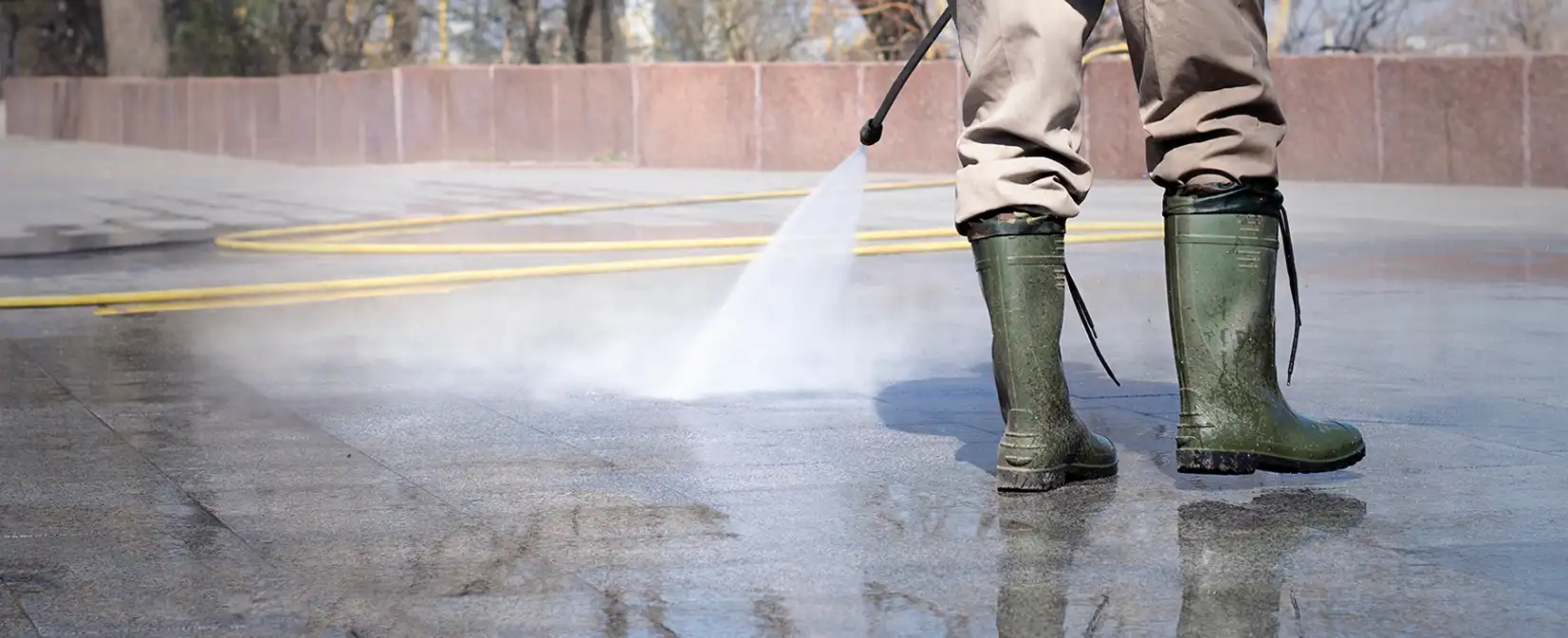
5. Post-Processing:
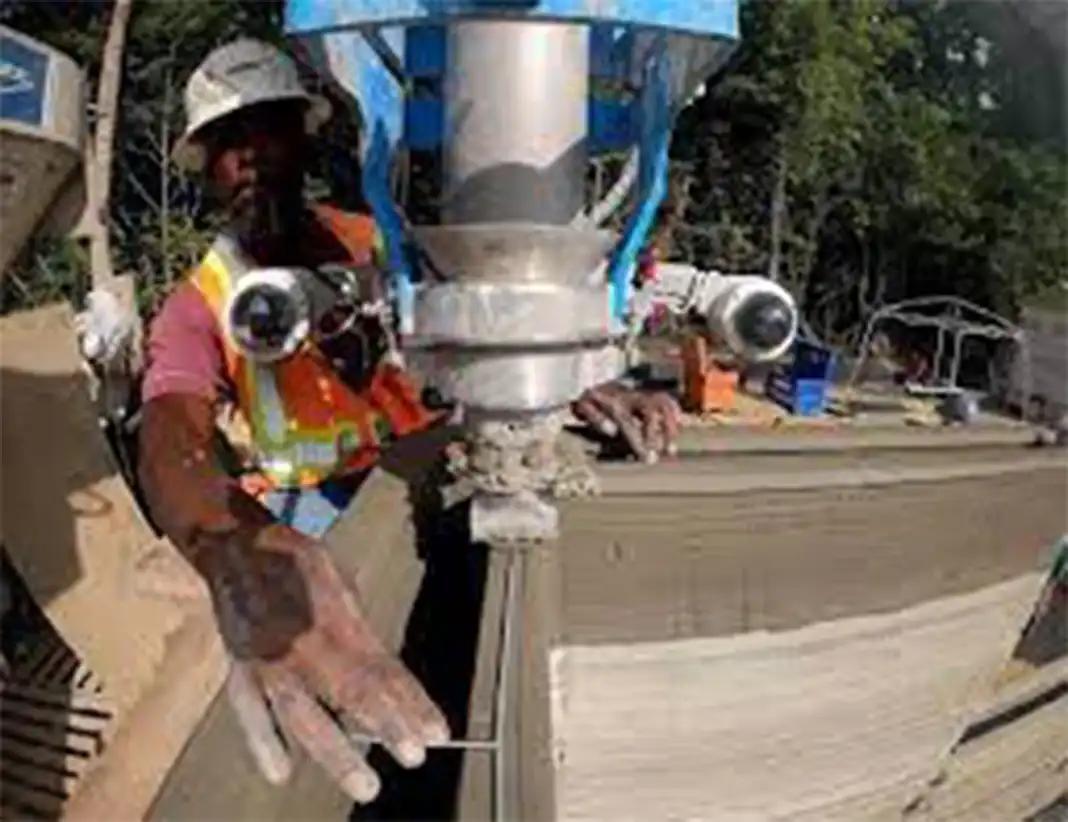
-
After 3D printing is complete, the object may require post-processing steps such as removing support structures, sanding, painting, or assembling multiple printed parts.
6. Quality Control:
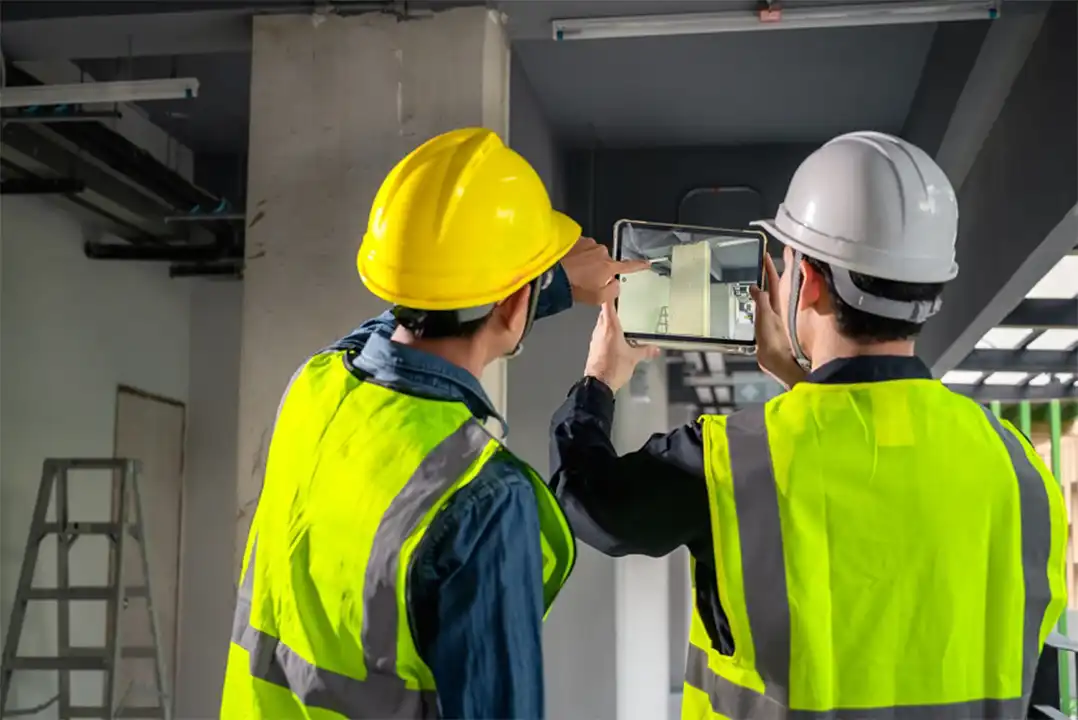
7. Assembly:
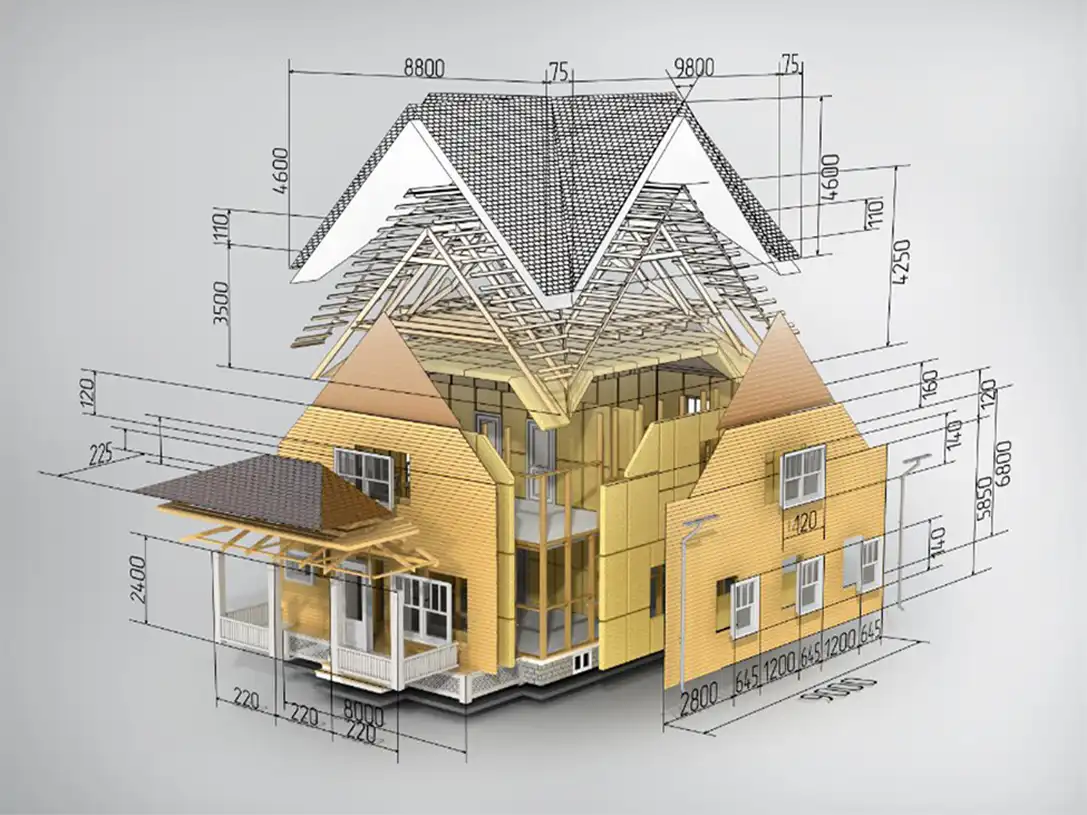
8. Final Inspection:
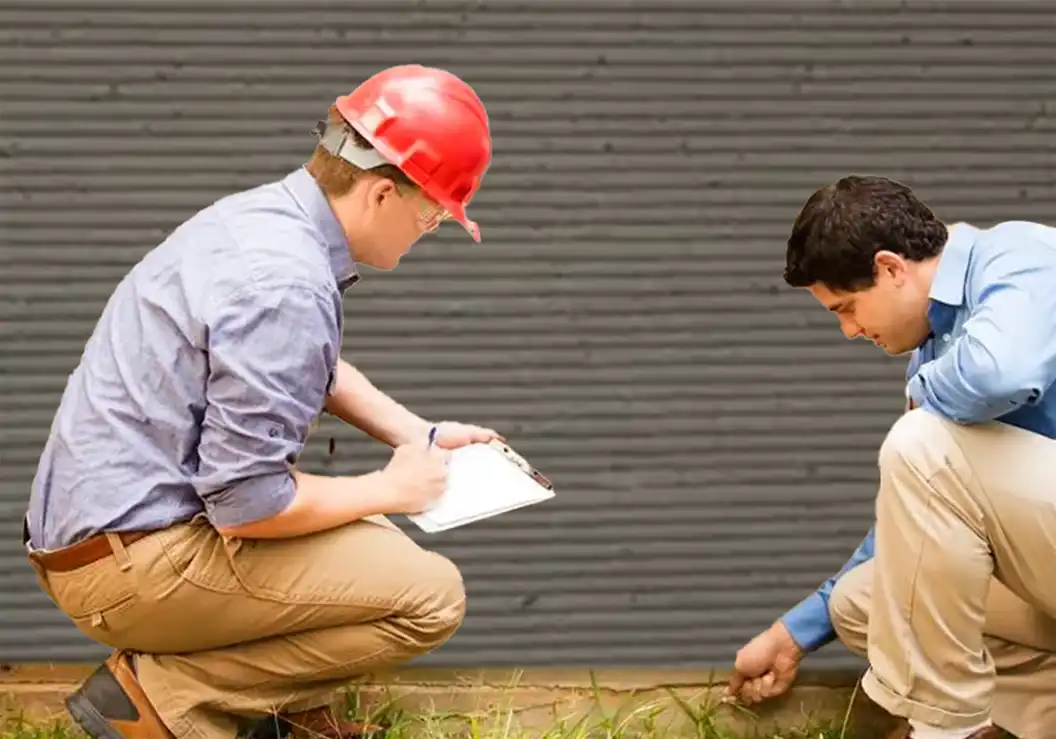
9. Application or Use:
It’s important to note that the specific steps and details of the 3D construction process can vary depending on the type of 3D printer, material, and complexity of the project. 3D construction is used in various industries, including manufacturing, architecture, healthcare, aerospace, and more, to create various objects, from simple prototypes to complex functional parts and even entire buildings.
The World's First 3D-Printed House!!

Image Source: economictimes.indiatimes
Dubai Future Foundation (DFF) was the first 3D-printed commercial building in Dubai, United Arab Emirates.
The measurement of a building is as follows: 6 m (20 feet) high, 36.57 m (120 feet) long, and 12.19 m (40 feet) wide. It was created using a single 3D printer, and the building took 17 days to print and 3 months to construct and set up the interior. This building required 50 percent less manpower to complete construction than the traditional method.
Source: guinnessworldrecords
The First 3D-Printed House in India.

Image Source: timesofindia.indiatimes
India’s first 3D-printed house was built by an IIT-Madras startup called Tvasta. The house has an area of 600 square feet and has a bedroom, a hall, and a kitchen. The complete house was designed using software and printed using concrete 3D printing technology.
Using 3D printing technology, a new residential building can be built in five days, the cost of the house is reduced by 30%, and the life of the building can exceed 50 years.
Concrete 3D printing is an automated manufacturing technology for constructing 3-dimensional designs.
Source: timesofindia.indiatimes
3D Printed Post Office In India
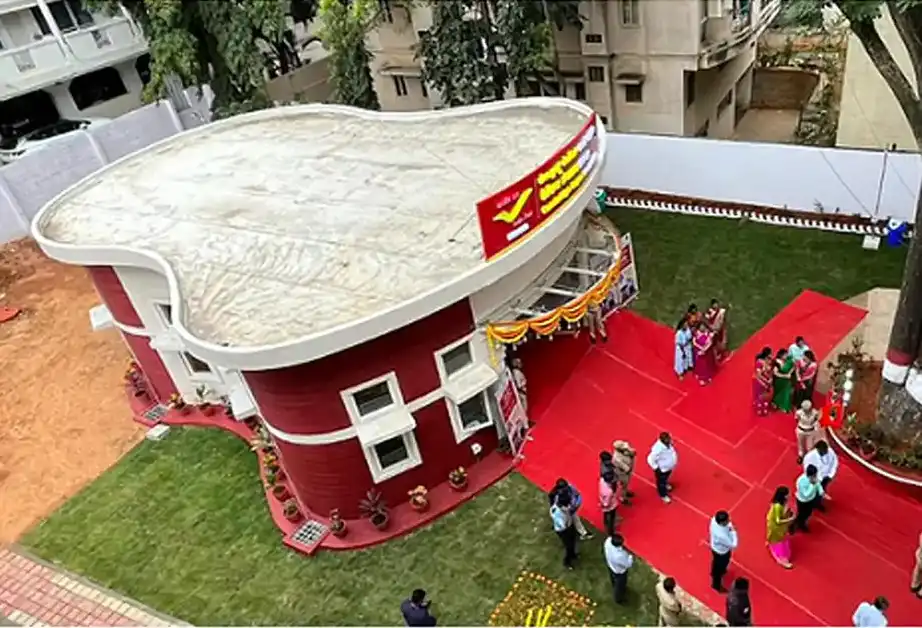
Image source: thehindu
“Bengaluru always presents a new picture of India. The new picture that you saw today in terms of this 3D-printed post office building is the spirit of India today. That’s the spirit with which our country is progressing today,” Minister Vaishnaw said.
Source: indianexpress
In conclusion, the advancement of 3D concrete printing has reached a significant milestone with the construction of thin-walled buildings that do not require thermal insulation. Overall, the development and application of 3D concrete printing technology have opened up new possibilities for efficient, cost-effective, and sustainable construction methods, paving the way for a future where 3D-printed buildings could become more common and accessible.